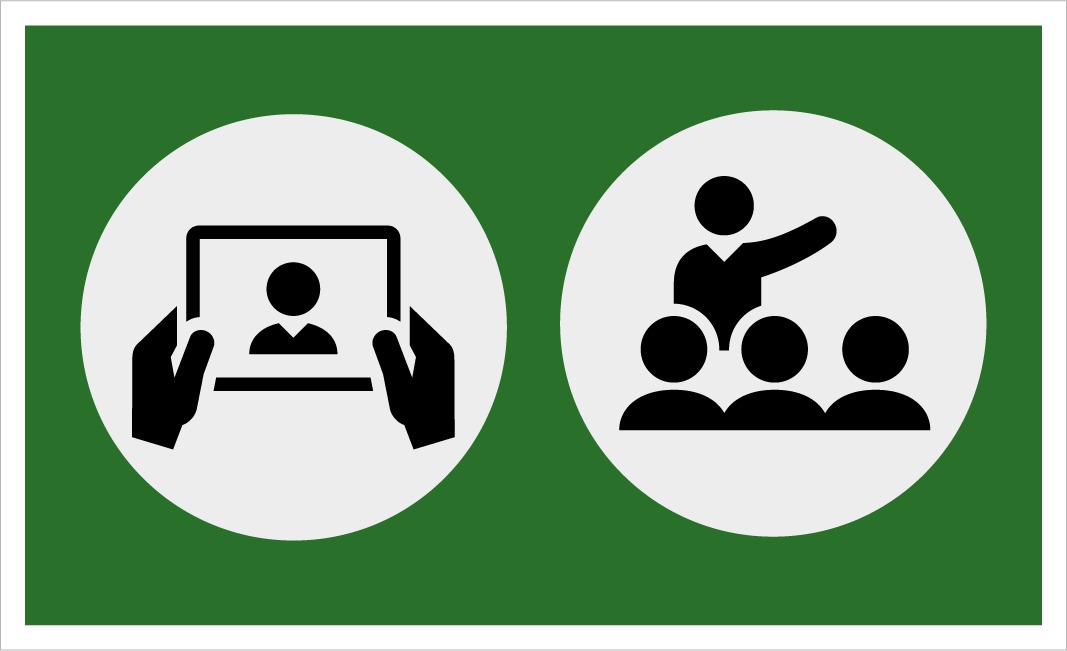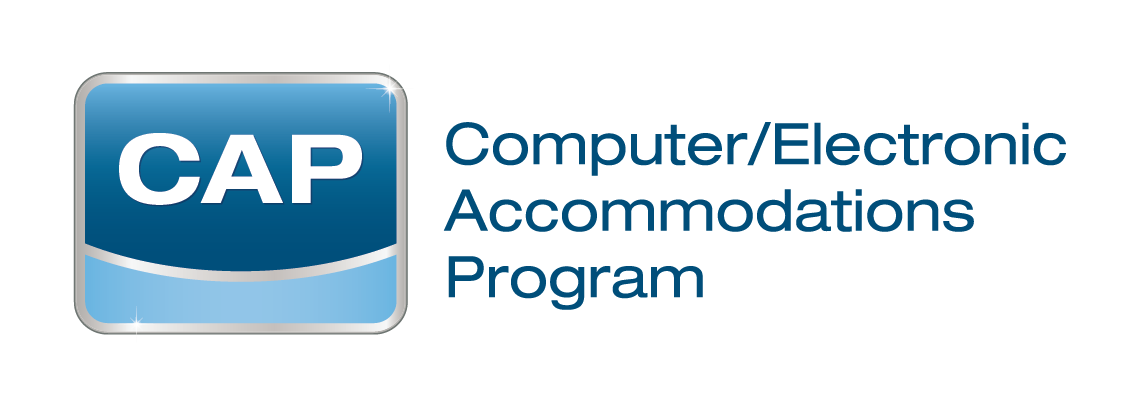Low Vision
Low vision accommodations are used to assist individuals who have vision limitations that prevent them from completing essential job tasks. Items in this category include magnification software and devices, large print keyboards, and larger monitors.
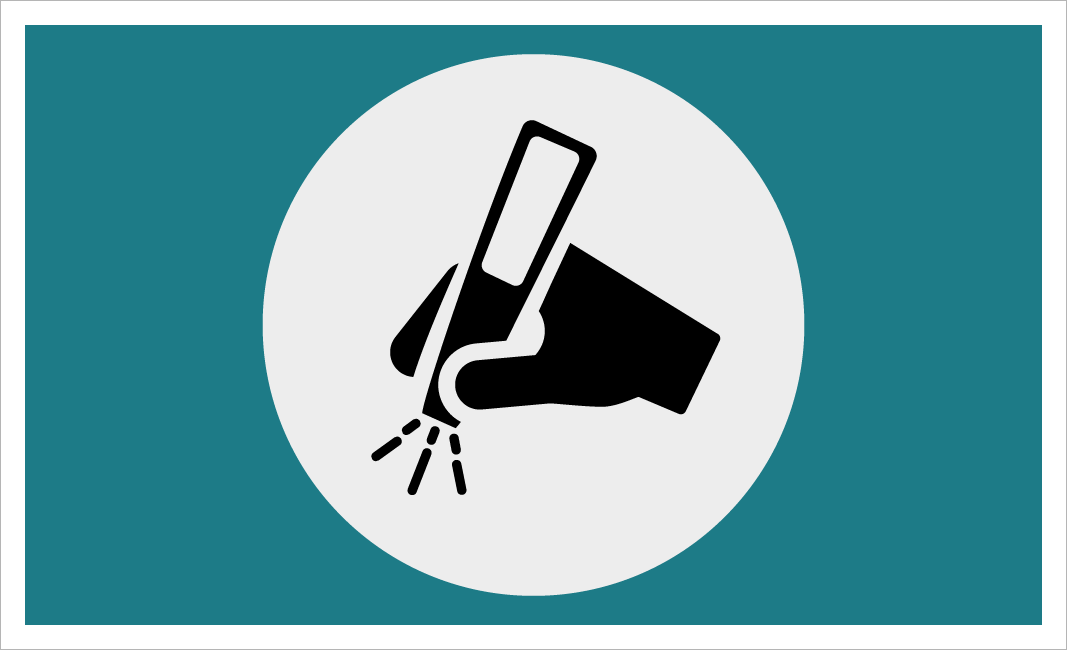
Audio Output Devices (5)
Audio Output Devices are used to assist individuals who have vision limitations that prevent them from accomplishing essential job tasks. They accomplish this by allowing a user to convert text to speech. These devices will allow text to be read aloud to the user.
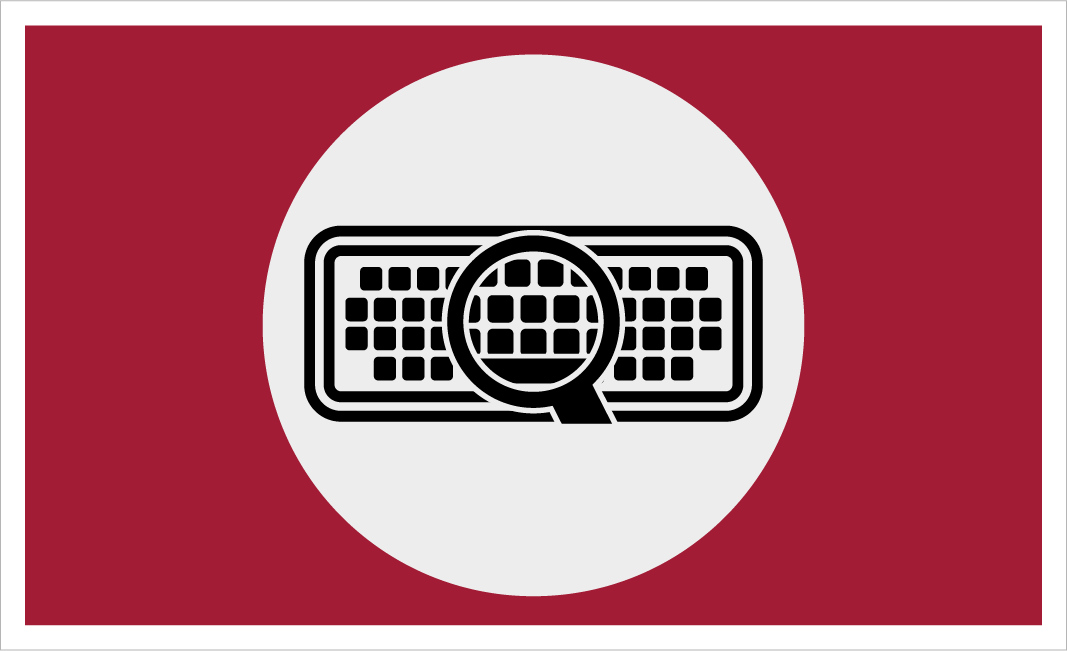
Large Print Keyboards (4)
Large print keyboards are used to assist individuals who have vision limitations that prevent them from accomplishing essential job tasks. They accomplish this by allowing the user to see the keys on the keyboard in a larger size and higher color contrast. Some are specifically designed to work with screen magnification software and provide shortcut commands, which allow users to control software directly from the keyboard.
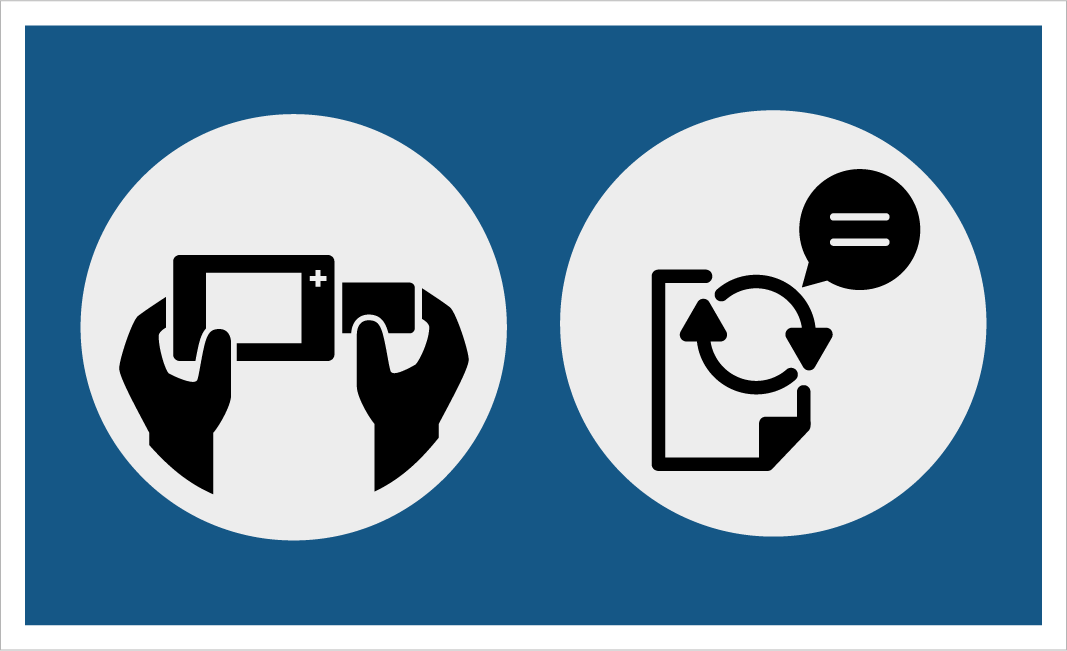
Low Vision Aids (33)
Low Vision Aids are used to assist individuals who have vision limitations that prevent them from accomplishing essential job tasks. They accomplish this in a number of ways, including magnifying visual information and converting written information into alternative formats.
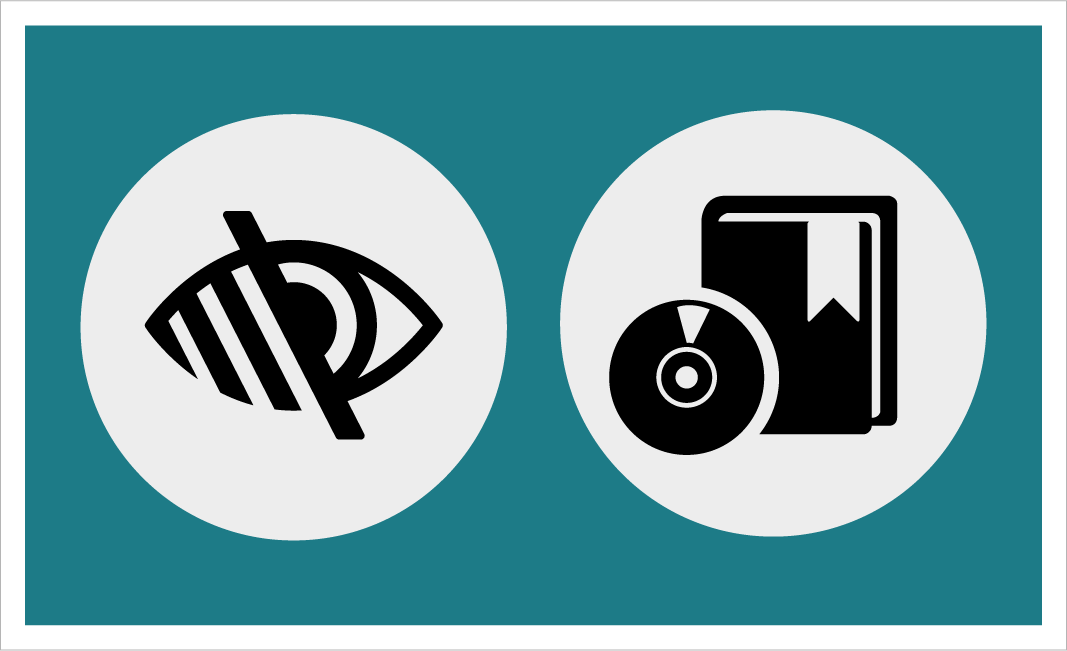
Low Vision Computer Software (21)
Low Vision Computer Software is used to assist individuals who have vision limitations that prevent them from accomplishing essential job tasks. This is most often accomplished by allowing users to enlarge text and graphics on a computer screen. The software is loaded onto an individual's computer and functions as a magnifying glass on the computer screen. Low vision computer software often comes with additional capabilities, such as text-to-speech, various color contrast modes, and changing the visual display of items on the screen, such as the cursor or insertion point in a document.
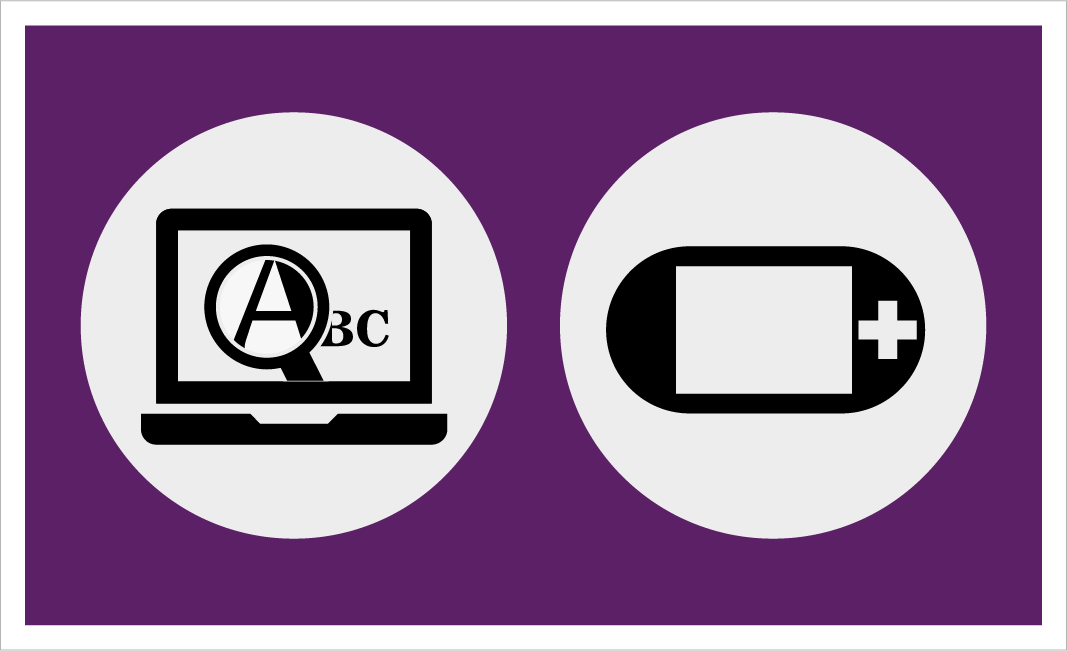
Magnification Devices (38)
Magnification Devices are used to assist individuals who have vision limitations that prevent them from accomplishing essential job tasks. They accomplish this by allowing an individual to view printed material in a size, color, and contrast they can see. These magnifiers can be small and portable or larger desktop devices.
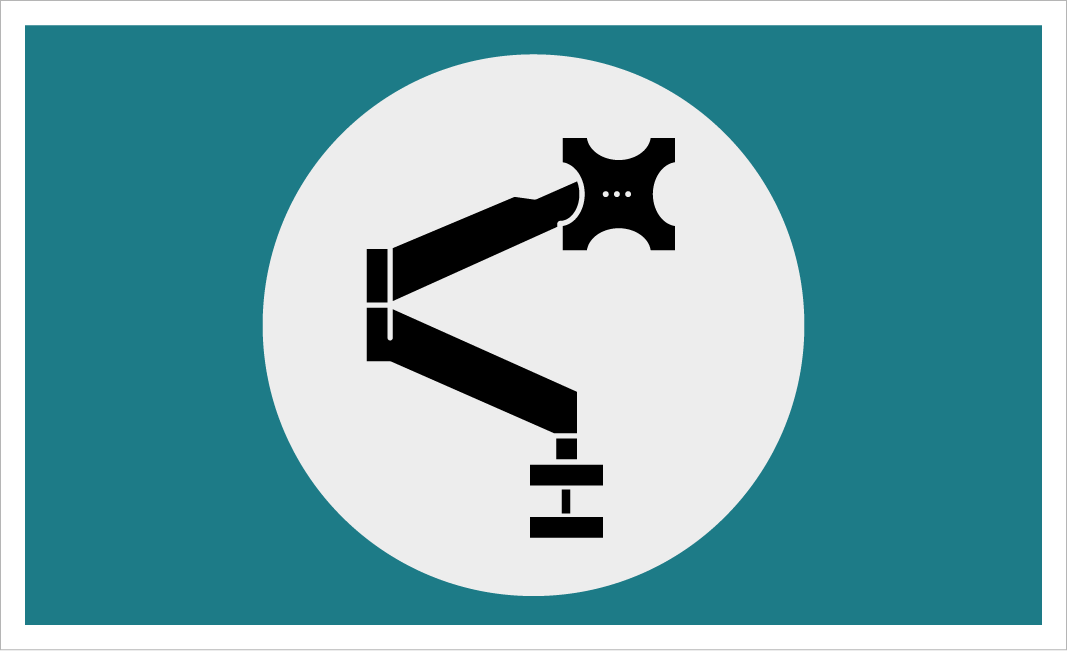
Monitor Arms (27)
Monitor Arms are used to assist individuals who have dexterity limitations that prevent them from accomplishing essential job functions. They accomplish this by allowing an individual to position their monitor(s) at the most appropriate location, height, orientation, and angle based on their workstation setup and job requirements.
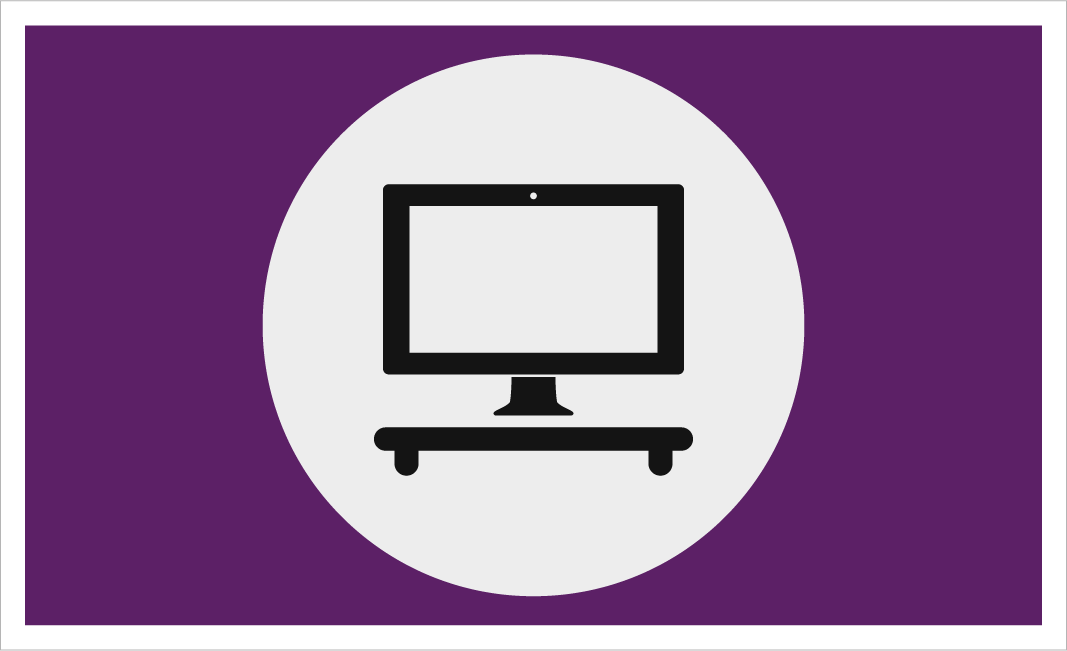
Monitor Risers (6)
Monitor Risers are used to assist individuals who have dexterity limitations that prevent them from accomplishing essential job functions. They accomplish this by allowing an individual to position their monitor(s) at the most appropriate height based on their workstation setup and job requirements.
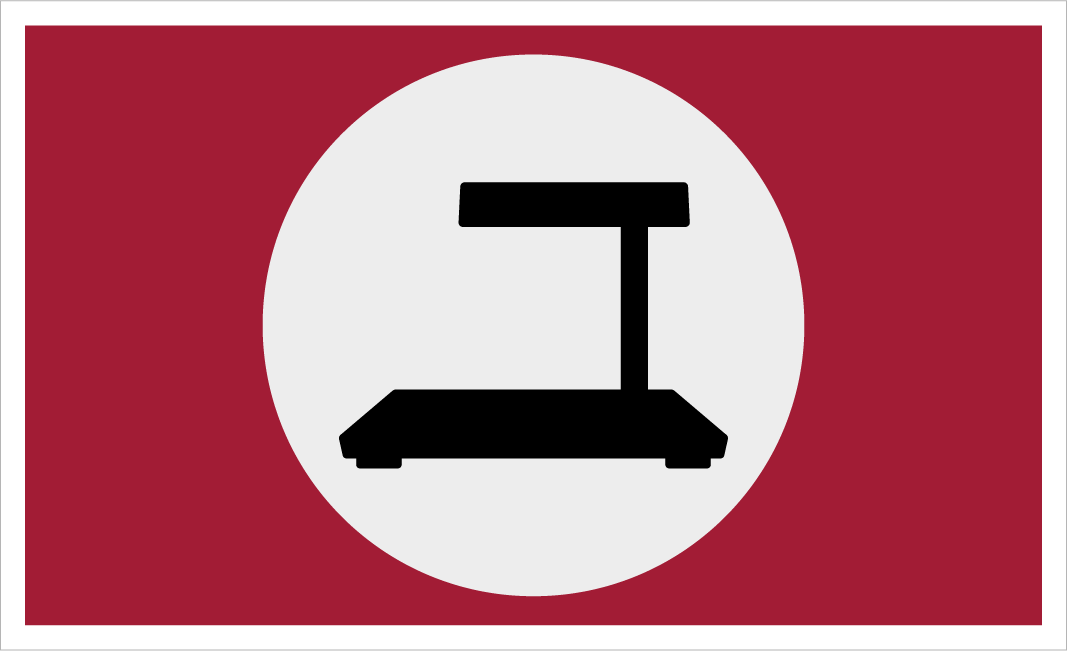
Scanner (9)
Scanners are used to assist individuals who have vision limitations that prevent them from accomplishing essential job tasks. They accomplish this by allowing a user to convert hard copy documents into an electronic format. Converting hard copy documents into an electronic format will allow individuals to use other forms of assistive technology to give them information in an accessible format so they can accomplish their essential job functions.
